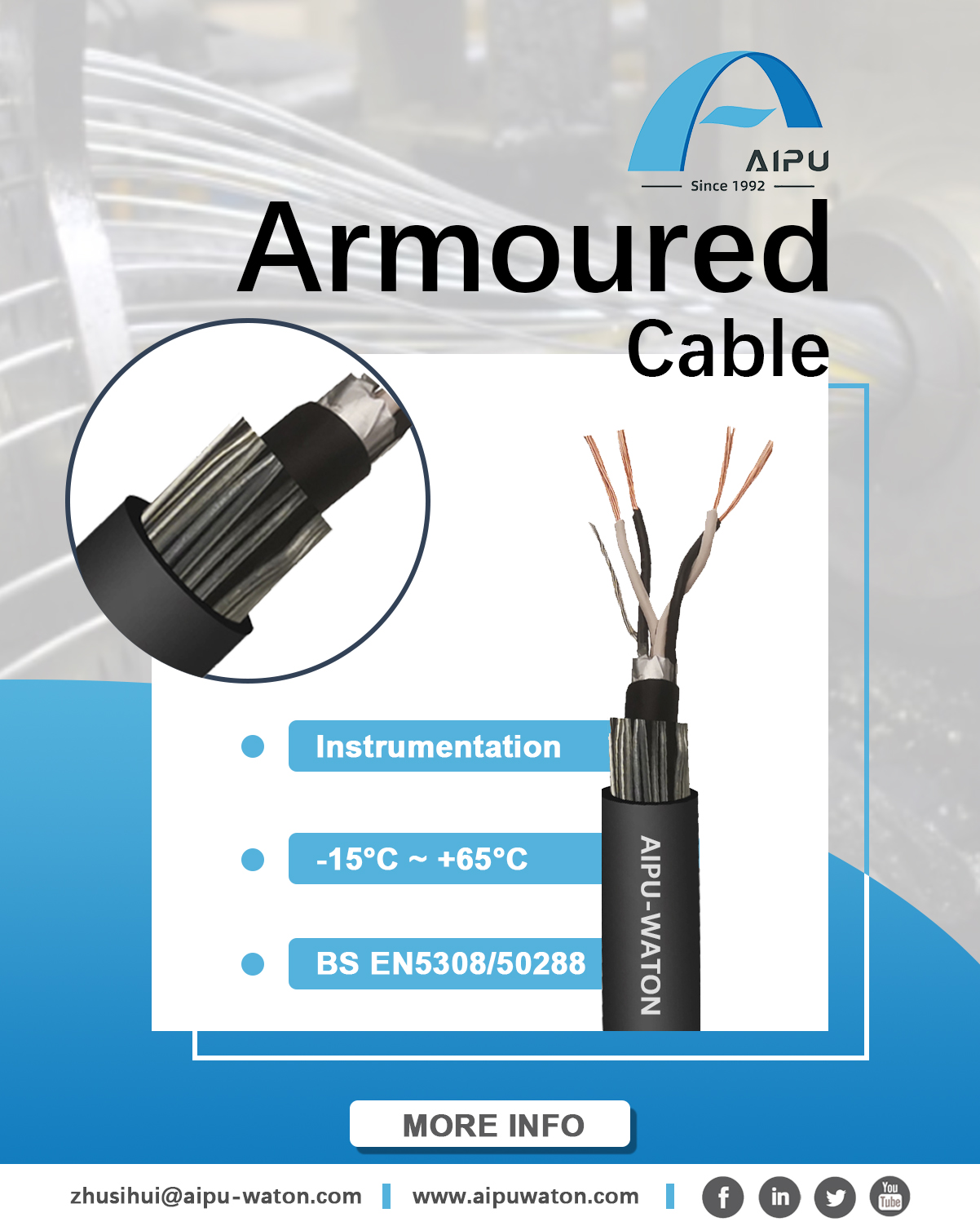Introduction
When deciding between armored and non-armored cables for various projects, it’s crucial to understand their structural differences and application environments. This choice impacts the effectiveness of wiring in relation to the demands specific to mechanical protection and workspace safety. This article aims to clarify the distinctions between armored cables and non-armored cables, focusing on their use in applications that might involve RS485 cabling, instrumentation, and other specific requirements.
1. Composition and Structural Variance
- Armored Cables:
These cables are reinforced with an additional layer of armor made from robust materials such as steel or aluminum to prevent mechanical damage and electromagnetic interference, which is paramount in environments utilizing RS485 twisted pair or RS-485 cabling for secure communications.
- Non-Armored Cables:
Primarily protected by their insulating materials without the added metal armor, making them suitable for controlled environments with less rigorous demands, such as internal connectivity within audio control instrumentation cable networks.
2. Applications
- Where to Use Armored Cables:
Industrial and External Environments:
Essential in settings where mechanical stress is prevalent or where instrumentation cable schedules dictate heightened protection against environmental factors.
Data Integrity: Ideal for areas prone to electromagnetic interference which can affect sensitive communications like those conducted over RS485 cabling.
- Where to Use Non-Armored Cables:
Indoor and Protective Installations:
Best used in settings outlined within China Instrumentation Cable applications where environmental threats are minimal.
Flexible Cable Needs:
Given their lightweight and flexibility, these cables are suited for installations requiring intricate wiring paths, as found in China international fieldbus industrial automatic instrumentation systems.
3. Benefits and Limitations
Benefits:
Offers superior protection, thereby enhancing durability and safety, crucial in configurations like instrument cable types where robustness is key.
Limitations:
The weight and rigidity might complicate installation, impacting layout flexibility and increasing labor costs.
- Non-Armored Cables:
Benefits:
Provides easier manipulation and installation, essential in complex routing scenarios typical in instrumentation scheduling.
Limitations:
Less protection against physical impacts which could compromise system integrity in unprotected environments.
Conclusion
The selection between armored and non-armored cables should be dictated by the specific requirements of your project. For environments susceptible to physical or electromagnetic interference, armored cables are advisable. Conversely, for interior settings where ease of installation takes precedence, non-armored cables are preferable. This decision will significantly impact the safety, efficiency, and operational cost of the project, especially in fields requiring detailed specifications like RS485 communications and instrumentation cable management. Be judicious in your choice to ensure optimal performance and durability in your system’s cabling infrastructure.
Post time: May-15-2024

